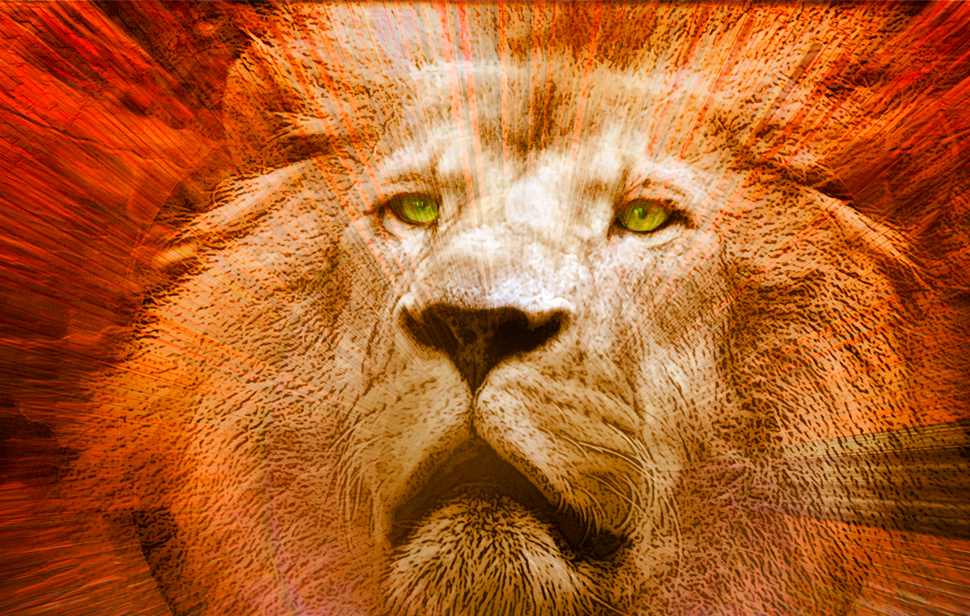
Chapter 6
The Magician's Nephew
It’s best to begin reading The Chronicles Of Narnia by starting with The Magician’s Nephew. Although it was the sixth book published, it gives insight into the whole series. It describes, for example, the creation of Narnia, explains the entrance of evil, and foreshadows Narnia’s eventual restoration.
Setting. This tale begins in England, takes us to the dying planet of Charn, and then transports us to Narnia, a new world being created by a mysterious lion named Aslan.
Plot Summary. An eccentric magician tricks his young nephew and a little girl into using magic rings to go from earth to another world where they encounter the White Witch. The two children briefly return to earth where they meet a cabby and his horse. Along with the magician and the witch, they are all then transported to a place where they view the world of Narnia being created.
Together the group watches as a mysterious lion sings stars, plants, and animals into being. After creation, this great lion tells the boy and girl that evil has entered his world with the White Witch who has come with them.
The lion then sends the children to acquire silver apples that will protect this newly created land of Narnia from the evil influence of the witch.
Obediently, the children bring back the apples to the lion, who grants the boy permission to take one with him back to England. When the boy’s dying mother eats the fruit, she is healed. The apple core is planted in the backyard and eventually grows into a tree. Later, after the tree blows down in a storm, its wood is used to construct a magical wardrobe that becomes a portal into Narnia in The Lion, The Witch, And The Wardrobe.
Spiritual Parallels.
The Magician’s Nephew illustrates the biblical theme of creation. The song of Aslan brings wonder and awe as he creates sun, moon, stars, and all living things. These events track with what the Bible tells us when it says of Jesus Christ:
All things were made through Him, and without Him nothing was made that was made (Jn. 1:3).
The apostle Paul provides a similar view of creation:
[Christ] is the image of the invisible God, the firstborn over all creation. For by Him all things were created that are in heaven and that are on earth, visible and invisible . . . . All things were created through Him and for Him (Col. 1:15-16).
This parallels the story behind the creation story of The Magician’s Nephew. According to the New Testament, it was the King of kings who spoke into being galaxies, stars, planets, and life on our world. The song that the stars echo back to their creator in Narnia is reminiscent of Job’s exclamation about creation, “when the morning stars sang together, and all the sons of God shouted for joy” (Job 38:7).
In addition, The Magician’s Nephew also pictures the entrance of evil into a beautiful world, marring it with sin. This happens when the children inadvertently transport the White Witch to Narnia from her own dying world. Her twisted desire for power drives her to dominate the newly created world.
Those familiar with the story of the Bible will easily see similarities between the White Witch and the biblical record of Lucifer. According to Old Testament prophets, Lucifer seems to have been a beautiful but rebellious archangel whose own self-importance resulted in the spiritual disease of pride (Isa. 14:12-15; Ezek. 28:14-15). Like the White Witch, Lucifer, also known as Satan, approached our original parents and tempted them to eat from the tree of the knowledge of good and evil (Gen. 2:15-17; 3:1-7).
Since then, a curse has plagued our relationships, our world, and our access to God (Gen. 3:8-24).
In this way, The Magician’s Nephew sets the stage for the theme of rescue and personal restoration that is central to the plot of The Lion, The Witch, And The Wardrobe.





